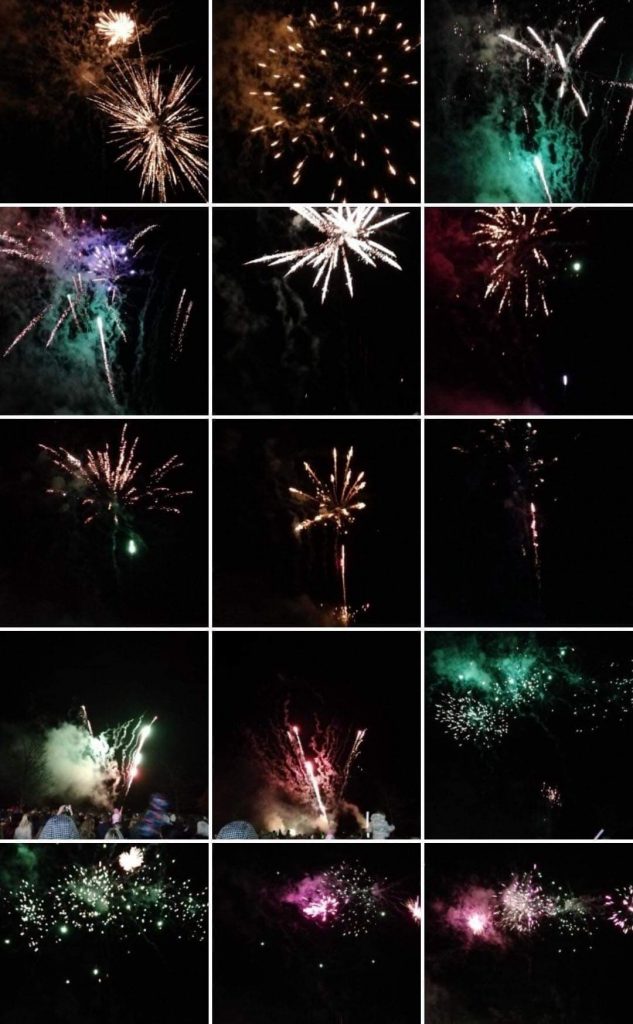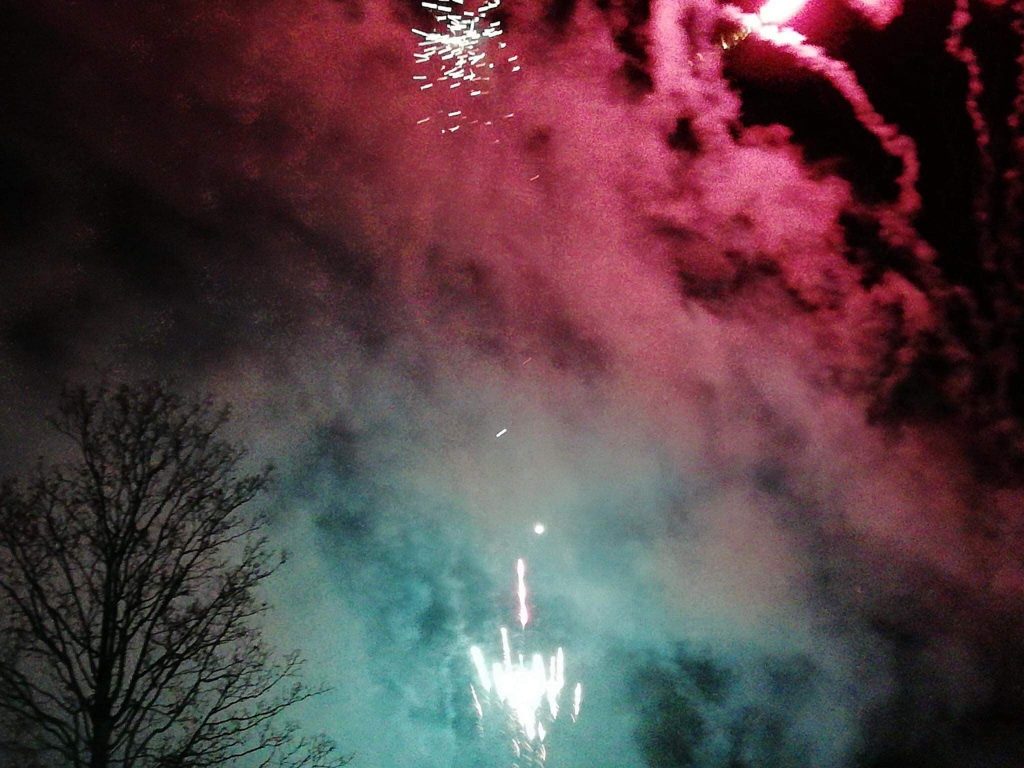
The 5th of November is one of the most notorious dates in British history. On this date a small group of Roman Catholic conspirators attempted to blow up the House of Lords, alongside King James 1 and the Protestant Government. Nowadays the day is remembered and celebrated more for its flashy fireworks displays, although it is still common practice across Britain to burn an effigy of Guy Fawkes on a bonfire to symbolize the plot’s failure (or maybe in some cases its very near success). Although often falsely seen as synonymous with Guy Fawkes’ execution, the bonfire itself is probably related to the old bonfire celebrations that commemorate the end of summer, as mentioned in our Samhain post. Although, as with much of British history, there is little consensus on this theory.
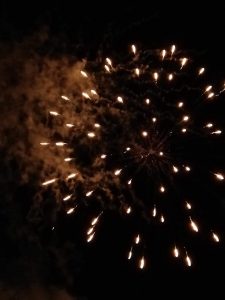
Though the actual date for Bonfire Night has now passed, many of you may still hear fireworks over the coming weeks. This is because it’s common for displays to be scattered throughout November so that they don’t clash. It’s also tradition for families to host private displays, which are not always possible to organize on the actual date. This is because, unusually for cultural celebrations, Bonfire Night isn’t actually commemorated with a national holiday, or Bank Holiday, meaning that most major displays take place on weekends.
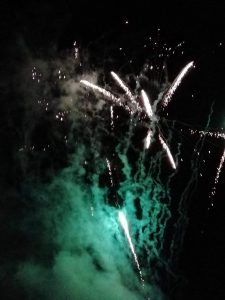
While Bonfire Night is a national celebration, the festival’s history is of particular significance for the West Midlands. This is because the leader of the plot, Robert Catesby, was born in Warwickshire and grew up at the Lapworth estate. However, of perhaps more local interest to students at the University of Birmingham, is his relation to and time spent at Coughton Court, a famous estate located in King’s Coughton between Studley and Alcester. Coughton Manor is famously recorded in the Domesday Book, making it an extremely old estate, and a key piece of British history.
Coughton Court was owned by the Throckmorton family, who rented the property to plotter Sir Everard Digby. His role was to manage the Midlands operations. When everything went south, Digby’s wife and group of supporters heard the news while at Coughton Court, fleeing the location only to later be caught (and some killed) by the Sheriffs. Famously no one was burnt at the stake as punishments for treason, instead Catesby died of a gunshot wound, Fawkes fell from a scaffold before being hanged, and Digby, alongside three other conspirators was hung, drawn and quartered.
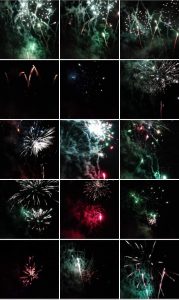
Bonfire Night may have a bleak history, but that’s in the past. Nowadays the fireworks bring joy to the many people who gather to watch the displays, whether they be local or private. At the Cultural Calendar we would love to hear more about your experiences of displays. We welcome and encourage sending us pictures, and/or articles about the displays you viewed, so that we may share them on our blog. If you have any pictures or an article you would like to send us, please contact n.f.gallen@bham.ac.uk.
The Cultural Calendar Project Team.
